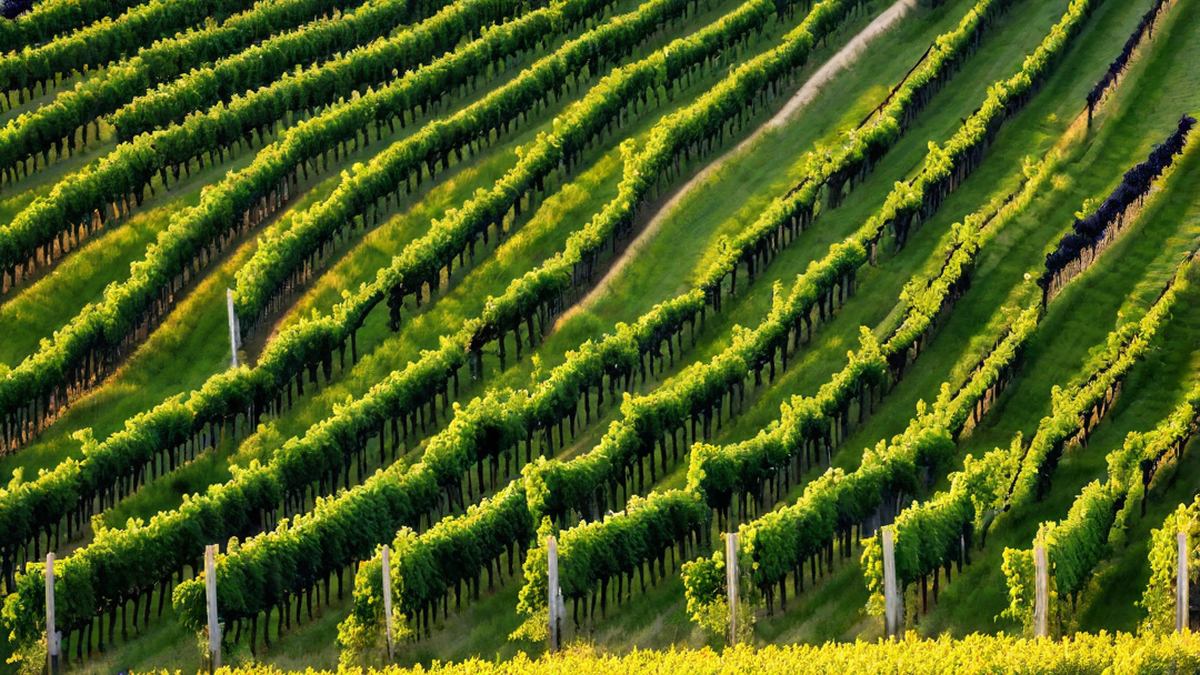My affection for grapes and wine runs deep; they rank high on my list of favorites. As someone deeply enamored with wine, the exquisite flavors and aromas that emanate from a carefully produced bottle never cease to astonish me. Ever wonder where it all begins? It starts with the humble grape.
Grapes have been cultivated for thousands of years and have played a significant role in human history. From ancient civilizations to modern winemaking techniques, grapes have stood the test of time. They come in a variety of colors, shapes, and sizes, each with its own unique characteristics that contribute to the final product we know as wine.
One of the most crucial factors in winemaking is grape selection. Winemakers carefully choose the type of grape they want to use, depending on the style and flavor profile they aim to achieve. Red grapes, such as Cabernet Sauvignon or Merlot, are used to produce red wines, while white grapes, like Chardonnay or Sauvignon Blanc, are used for white wines. There are also varieties used specifically for sparkling wine production, such as Pinot Noir and Chardonnay for Champagne.
Once the grapes are harvested, the winemaking process begins. Grapes are crushed to release their juices, which are then fermented with yeast. This fermentation process converts sugar into alcohol, resulting in the production of wine. The length of fermentation, as well as the temperature and type of yeast used, can greatly impact the final flavor and aroma of the wine.
After fermentation, the wine is typically aged to develop its flavors further. This aging process can take place in barrels, tanks, or bottles, depending on the winemaking style. Some wines are meant to be enjoyed young and fresh, while others benefit from aging for several years.
Of course, the taste of wine can vary greatly depending on the region in which the grapes are grown. Terroir, a French term, describes the combination of soil, climate, and environmental factors that influence the characteristics of the grapes. Different regions around the world produce wines with distinct flavors and profiles, from the bold and robust wines of Napa Valley, California, to the elegant and delicate wines of Burgundy, France.
As a wine lover, I find it fascinating to explore the world of grapes and wine. There is so much to learn and discover, from the different grape varieties to the various winemaking techniques. Whether you’re a casual wine drinker or a serious connoisseur, there’s something for everyone to appreciate and enjoy.
In conclusion, grapes and wine are intertwined in a beautiful symbiotic relationship. Grapes provide the raw materials for winemakers to create a beverage that delights the senses. From the vineyard to the glass, the journey of grapes and wine is a story of passion, craftsmanship, and the pursuit of quality. So, next time you raise a glass of wine, take a moment to appreciate the humble grape and the incredible transformation it undergoes to bring you that perfect sip.
